Wellness tourism has become popular among those seeking to strengthen and maintain their health. Medical tourism revolves around centers with natural treatment resources and services, spas. These natural resources and services include hot springs, salt lakes, bright sunshine, mud therapy, massage and spa, herbal and traditional baths, and healthy nutrition, which are mentioned in Iranian medicine. Iran’s diverse nature provides all kinds of natural healing resources. The hot springs all over Iran are one of the most appealing tourist destinations in the country. Soaking in a hot spring not only relaxes you, but it can have many health benefits. For thousands of years, this has been the traditional way of treating illness.
Nature therapy attractions in Iran
Nature tourism refers to traveling to areas with natural healing resources; such as salt water or salt sea, bright sunshine, medical sludge, herbal baths, hot springs, and generally a clean and calm environment, mainly to improve skin diseases, respiratory, rheumatism, Joint or to recover from surgery as easy as possible.
Benefits of Hot Springs
Hot mineral springs water can increase your blood circulation and oxygen flow. While you soak in a hot spring, your body will absorb minerals such as calcium and sodium bicarbonate. Hot water springs will decrease your stress and calm your muscles. Chinese and Japanese have been using hot springs, especially for joint pain and tissue damage. Some of the best natural therapy destinations in Iran include:
Sarein Hot Springs, Ardabil
Sarein offers Iran’s most famous hot springs, located 25km from Ardabil. The most famous of these springs are Sari Su (in Azerbaijani means yellow water), Qarasu (in Azerbaijani means black water), Besh Bajilar (in Azerbaijani means five sisters), Gavmish gali, Phanli Su and Sabalan water treatment centers. There are also two cold water springs in Vila Valley, 5 km from Sarein. The fizzy water, which is very good for the kidneys, makes a wonderful landscape with towering trees over the mountains. Also, a village nearby, called Sardava, has a carbonated cold water spring with therapeutic benefits. It completes Sarein attractions.
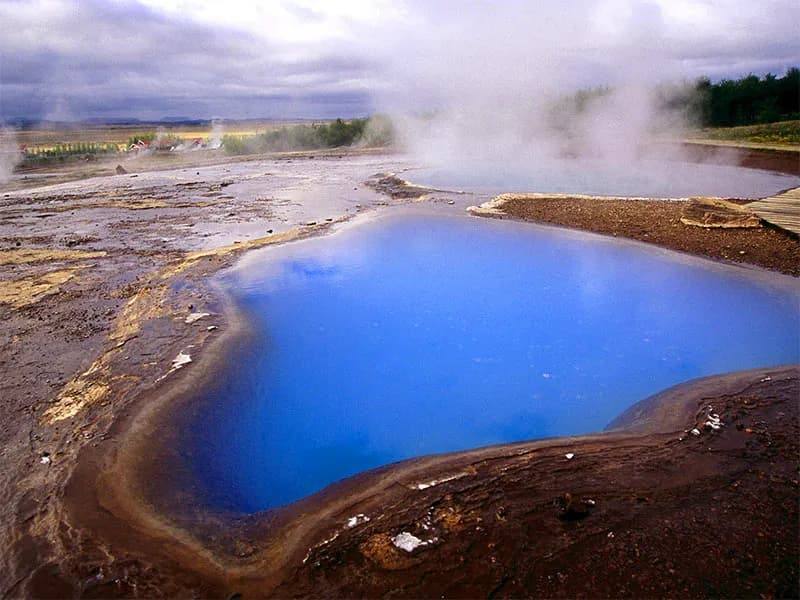
Lake Urmia Sludge Treatment
Lake Urmia, one of the world’s largest salt lakes, is rapidly losing water and drying up. During the last two decades, increased demands for agricultural water in the lake's basin and recent droughts have shrunk the lake dramatically. Urmia Salt Lake is one of Iran’s special sources of nature therapy, used for proven healing properties of the sludge of this lake. The sludge in this lake with its various mineral salts, especially chlorine, sulfur, iodine, iron, and various organic substances, is one of the first-class medical sludges in the world and in the treatment of many diseases such as skin and rheumatic diseases, and gynecological diseases. It is especially useful and effective for pelvic inflammation and many other diseases.
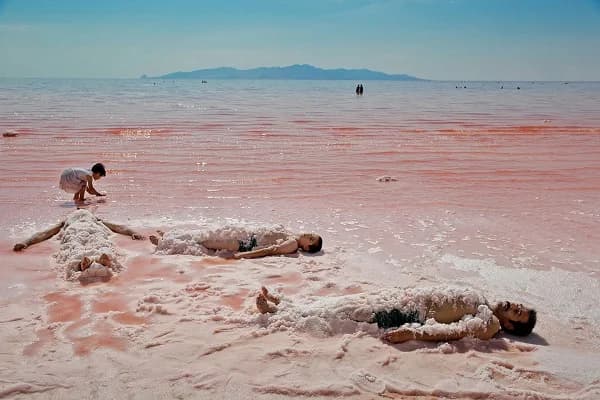
Teal Spa in Khalkhal, Ardabil Province
Located in one of the villages of Ardabil, this spa is a source of natural and old hot waters. The Teal Spa is located a few meters beyond the Shahroud Chai River, with cold and refreshing water, making it one of the natural treatment attractions of Iran.

Hot spring of Qale Kandy, East Azerbaijan
The Qale Kandy hot spring offers healings used for treating rheumatic diseases. The temperature of the water in the main spring reaches more than 70 degrees and in the pools reaches more than 60 degrees Celsius.
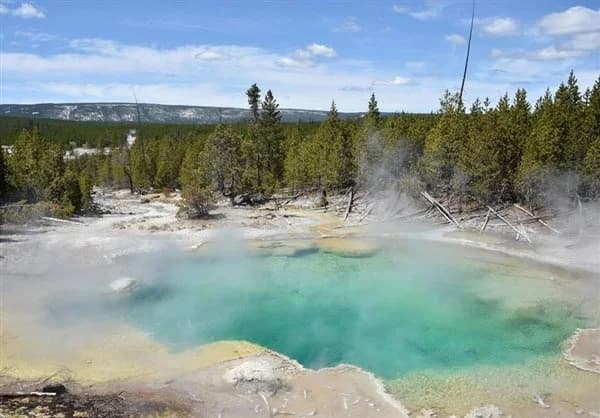
Salt domes and caves
Salt domes and caves have an effective role in the treatment of diseases such as allergies, bronchitis, hypothyroidism, heart disease, hypertension, skin diseases, neurological diseases, and stress. Iran offers several beautiful and natural salt caves and domes in the provinces of Azerbaijan, Semnan, Qom, Yazd, and Kerman, and especially the salt caves of the Persian Gulf and the southern cities of the country. While other countries lack the natural salt domes and caves, artificial salt caves have been built by importing large amounts of salt, and thus gain great benefits as the medical tourism industry booms. Some of these countries include Germany, Italy, Azerbaijan, Poland, Austria, and Ukraine.
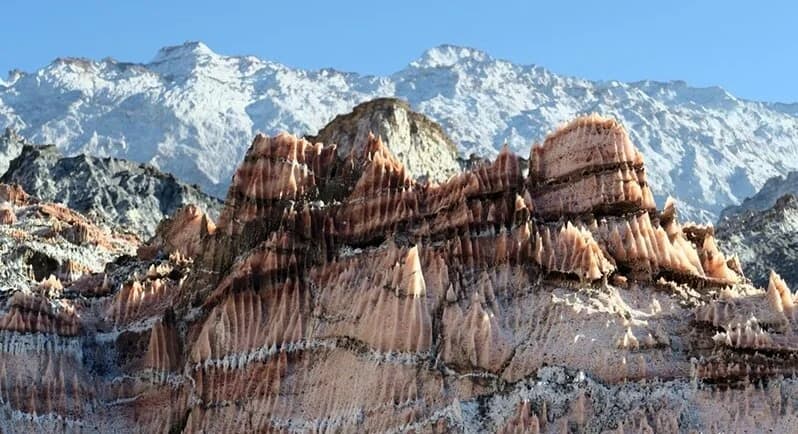
Sand Therapy, Kerman
Reagan dunes and Ferdows Rafsanjan dunes are some of the pristine medical tourism attractions of Iran. In Ferdows Rafsanjan, 30 hectares of dunes have a high capacity to attract tourists seeking treatment. These sands are useful for treating diseases such as osteoporosis. It is also exciting and enjoyable for fun and sports. Reagan City in the east of Kerman is also one of the pristine tourist areas of Iran. Reagan's most important tourist attraction is its dunes. Known as the largest dunes in the world, these dunes are a great place for medical tourism.
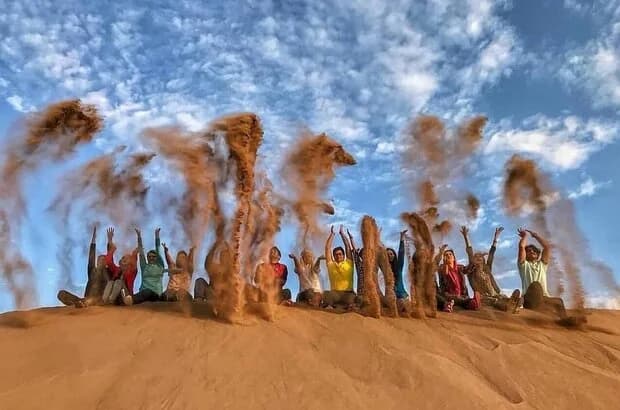
Conclusion
Iran’s natural medical attractions offer a unique blend of natural beauty and therapeutic benefits. From the mineral-rich hot springs of Badab-e Surt, believed to have healing properties due to their high salinity and mineral content, to the therapeutic benefits of hydrotherapy, mud therapy, and salt therapy, these natural attractions draw health tourists from around the world. The country’s diverse geography, ranging from the highest peak in the Middle East, Mount Damāvand, to the shifting sands of Dasht-e Lut, one of the hottest places on Earth, offers a variety of health tourism opportunities. Despite the challenges, Iran’s natural medical attraction continue to thrive, offering a unique combination of natural beauty and health benefits.